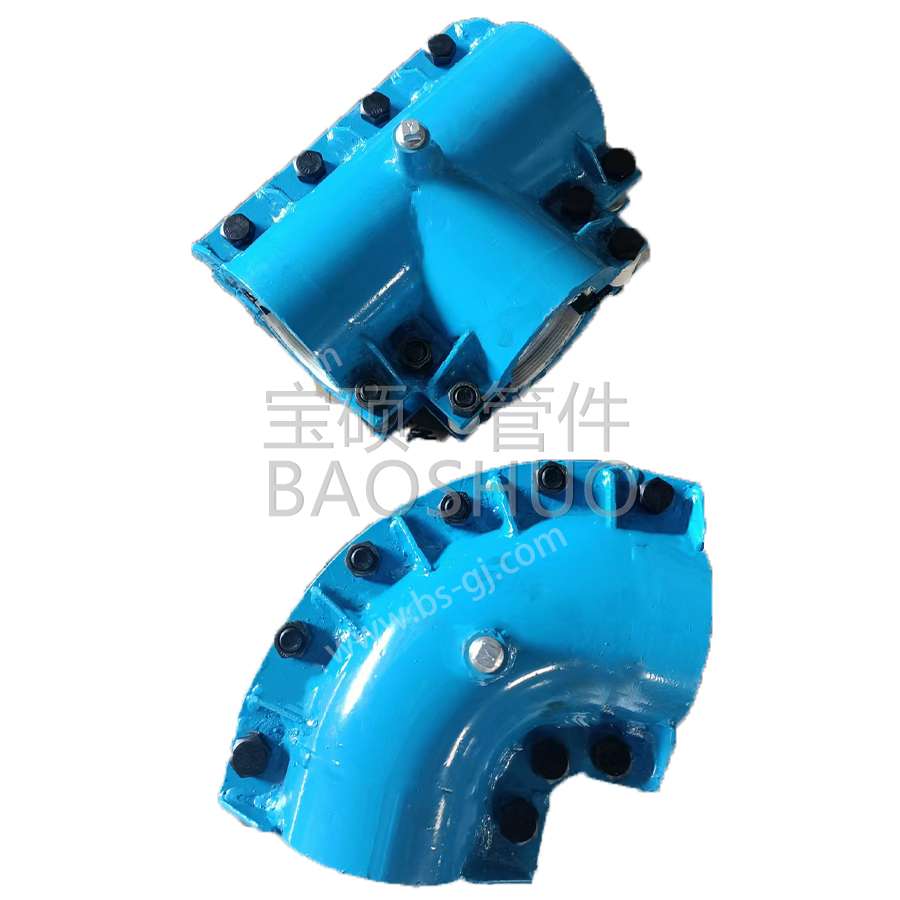What is the highest liquid temperature that UPVC pipes can withstand? How to repair high-temperature pipe leaks? What are the benefits of using high-temperature resistant leak repair clamps?
what-is-the-highest-liquid-temperature-that-upvc-pipes-can-withstand-how-to-repair-high-temperature-pipe-leaks-what-are-the-benefits-of-using-high-temperature-resistant-leak-repair-clamps
🧿 UPVC Pipe Temperature Resistance and High-Temperature Leak Repair Guide
UPVC Pipe Temperature Limitations
UPVC (unplasticized polyvinyl chloride) pipes have a specific operating temperature range. Exceeding these limits can easily lead to softening, deformation, or leakage.
Maximum short-term operating temperature: 60°C.
Long-term continuous operating temperature: Not recommended to exceed 45°C.
This means that if you need to transport hot water or corrosive media at higher temperatures, UPVC pipe is not a suitable choice. In such cases, consider CPVC (chlorinated polyvinyl chloride) pipe, which has a long-term operating temperature of up to 95°C and a short-term maximum operating temperature of up to 110°C.
Repairing UPVC High-Temperature Leaks
When a UPVC pipe leaks at high temperatures, first stop transporting the hot media and allow the pipe to cool to room temperature or as low a temperature as possible. High temperatures soften the pipe material, reducing its pressure-bearing capacity. Furthermore, many repair materials (such as sealants) have difficulty curing or are ineffective at high temperatures.
The following are several common repair methods, which you can choose based on the leak type and operating environment:
1. Using specialized sealing materials (suitable for small holes and cracks)
Professional sealant: Choose a sealant suitable for plastic pipes and with a temperature rating (at least the temperature you intend to use). Clean the area around the leak and ensure it is dry. Apply according to the instructions and allow it to cure completely.
Epoxy adhesive: Some epoxy-based reactive adhesives undergo special treatment to provide excellent bonding properties and resistance to oil, water, and chemicals. Mix thoroughly and apply to the crack.
2. Mechanical repair (suitable for larger cracks, pinholes, and leaking joints)
Half joint (pipeline repair joint/leak plug): This is a very common and effective external mechanical sealing method for pipes, especially for repairing pinholes, cracks, and breaks in straight pipes.
How it works: A half joint typically consists of a two-piece metal shell with an internal sealing rubber ring and fastening bolts. By wrapping the leak and tightening the bolts, the compression deformation of the rubber ring creates a seal.
Applicability: Suitable for steel pipes, cast iron pipes, and plastic pipes such as PE, PVC, and PP-R. When selecting a product, be sure to check for compatibility with UPVC pipes and the temperature rating indicated.
Operation Instructions: Accurately measure the outer diameter of the leaking pipe and prepare a matching half joint. Clean the surface of the leaking pipe. Use two half joints to block the leak. Tighten the nuts with a wrench or pliers or other tools. Observe the work progress until a leak-proof seal is achieved.
🧿Benefits of Using a High-Temperature Repair Joint (such as a High-Temperature Half Joint)
If your system is subject to long-term or intermittent exposure to high temperatures, investing in a dedicated high-temperature repair joint (such as a half joint specifically designed for high-temperature environments or a similar product) is a wise move. Its main advantages include:
1. Fast response and reduced downtime: Many half joint designs allow for repairs without shutting down the system or isolating or depressurizing the system. This is crucial for industrial systems with continuous production, significantly reducing power and production losses caused by equipment isolation or downtime.
2. Simple and efficient installation: No special tools or specialized skills (such as welding, bonding, and curing) are required, and simple operation by ordinary personnel is feasible. It can also be used safely in confined spaces, flammable environments, or in the presence of water contamination.
3. Safe and reliable: Half joints are primarily made of materials such as ductile iron and natural rubber. The internal rubber material adapts to the requirements of different fluid media, and the surface material resists external dripping. No hot work is required, eliminating the risk of fire.
4. Widely applicable and flexible: Half joints are available in a wide variety of styles, including straight half joints, elbow half joints, tee half joints, cross half joints, and spigot half joints, suitable for repairing straight pipes, repairing elbows, repairing reducing pipes, repairing tees, and repairing crosses. Furthermore, some products can accommodate certain axial misalignment between two pipes and can connect pipes of different materials or slightly different diameters. 5. Reusability: Some pipe repair tools can be quickly disassembled and reused.
6. Corrosion Resistance: For example, stainless steel half-joints are extremely corrosion-resistant, eliminating the risk of water contamination.
Baoshuo's leak repair clamp products can be selected according to the requirements of the internal medium of the pipeline. Stainless steel 304.316L leak repair clamps, corrosion-resistant 2205 stainless steel leak repair clamps, oil-resistant leak repair clamps, high-temperature resistant leak repair clamps
🧿 Summary and Recommendations
UPVC pipes have an inherent upper temperature limit (long-term ≤ 45°C, short-term ≤ 60°C). Leaks are more likely to occur outside this range. For high-temperature conditions, CPVC pipes are a more suitable choice.
When a high-temperature leak occurs in a UPVC pipe, the first step is to reduce the temperature. Then, depending on the leak's severity, the following options can be used:
Minor leaks: Try a high-temperature-resistant sealant or epoxy (temperature resistance must be verified).
For significant cracks, holes, or leaks at joints: A high-temperature-resistant half-joint (repair joint) is recommended. This is one of the most comprehensive methods currently available in terms of reliability and convenience.
Choosing a high-temperature repair joint (such as a high-temperature half joint) offers multiple benefits, including rapid repairs without system downtime, safe and easy installation, and wide applicability. It's particularly suitable for industrial environments requiring high production continuity.















